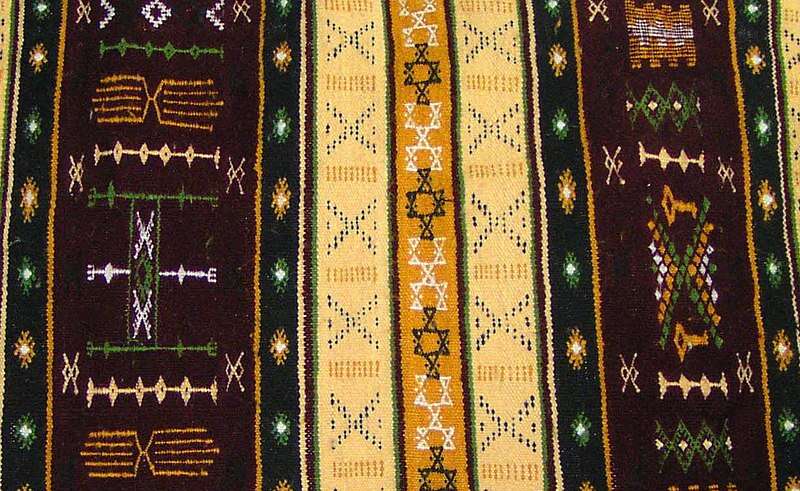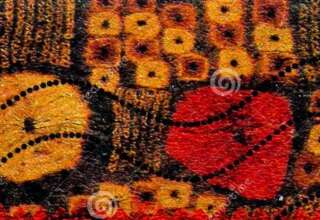
Religion
Tunisia’s constitution declares Islam as the official state religion—and the absolute majority of its population, or around 98%, report to be Muslims, while some 2% follow predominantly Christianity or Judaism. According to a 2018 survey conducted by the Arab Barometer, the vast majority of Tunisians (99.4%) continue to identify as Muslim. The survey also found that more than one third of Tunisians identify as non-religious. The percentage of Tunisians identifying themselves as non-religious has recently increased from around 12% in 2013 to around 33% in 2018, making Tunisia the least religious country in the Arab world. Nearly half of young Tunisians described themselves as non-religious, according to that same survey. Tunisians enjoy a significant degree of religious freedom, a right enshrined and protected in its constitution, which guarantees the freedom of thoughts, beliefs and to practice one’s religion. The country has a secular culture where religion is separated from not only political, but also public life. Individual Tunisians are tolerant of religious freedom and generally do not inquire about a person’s personal beliefs.
The Church of Carthage, in particular, became significant in the history of Christianity, playing a key role in the development of Christian philosophy and theology, and producing many prominent religious scholars and theologians. Prior to independence, Tunisia was home to more than 250,000 Christians (mostly of Italian and Maltese ancestry). Many Christian Italian settlers left to Italy or France after independence from France. Judaism is the third largest religion, with between 1,000 and 1,400 members. Djerba, an island in the Gulf of Gabès, is home to El Ghriba synagogue, which is one of the oldest synagogues in the world and the oldest continuously used. Many Jews consider it a pilgrimage site, with celebrations taking place there once a year due to its age and the legend that the synagogue was built using stones from Solomon’s temple. Although antisemitic violence has been reported, Tunisia and Morocco are said to be the Arab countries most accepting of their Jewish populations.
Education and Health
The total adult literacy rate in 2008 was 78%, and this rate goes up to 97.3% when considering only people from 15 to 24 years old. Education is given a high priority and accounts for 6% of GNP. A basic education for children between the ages of 6 and 16 has been compulsory since 1991. Tunisia ranked 17th in the category of “quality of the [higher] educational system” and 21st in the category of “quality of primary education” in The Global Competitiveness Report 2008–09, released by the World Economic Forum. While children generally acquire Tunisian Arabic at home, when they enter school at age six, they are taught to read and write in Standard Arabic. From the age of 8, they are taught French while English is introduced at the age of 11. The four years of secondary education are open to all holders of Diplôme de Fin d’Études de l’Enseignement de Base where students focus on entering university level or join the workforce after completion. The higher education system in Tunisia has experienced a rapid expansion, and the number of students has more than tripled over the past 10 years from approximately 102,000 in 1995 to 365,000 in 2005.
In 2010, spending on healthcare accounted for 3.37% of the country’s GDP. In 2009, there were 12.02 physicians and 33.12 nurses per 10,000 inhabitants. The life expectancy at birth was 75.73 years in 2016, or 73.72 years for males and 77.78 years for females. Infant mortality in 2016 was 11.7 per 1,000.




